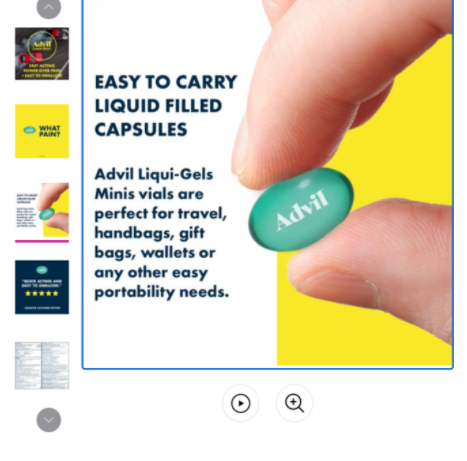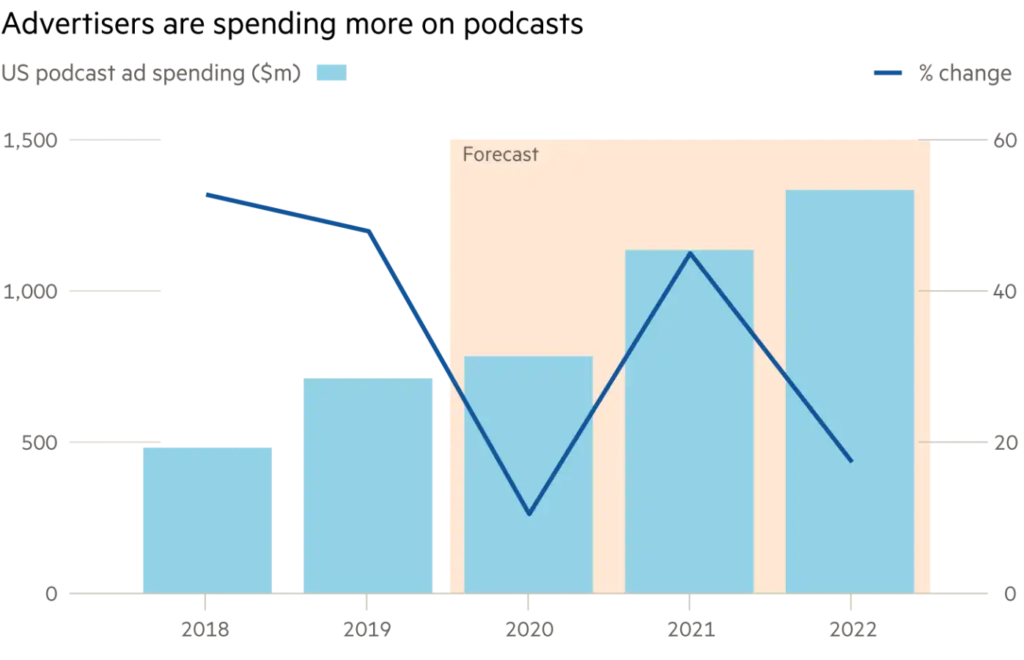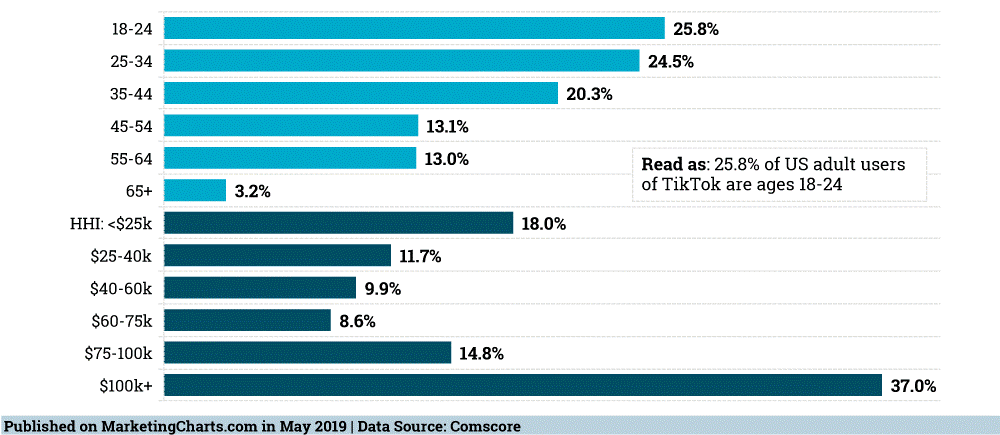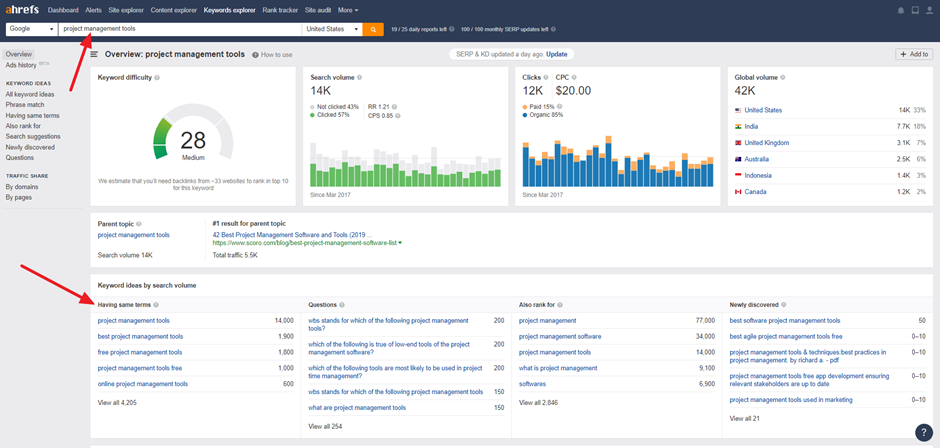Amazon is the third-most popular advertising platform. While Amazon has not publicized the exact figure for its total number of shoppers, Amazon.com features more than 300 million active customer accounts and more than 100 million Amazon Prime subscribers. It offers sellers an effective way to promote their products and brand to shoppers on and off the site. If you plan to advertise your business on Amazon, knowing your Advertising Cost of Sale (ACoS) is very important.
ACoS is a parameter that helps businesses measure the ratio of ad cost to sales revenue – or how much your company spent on advertising, compared to how much it earned from advertising. You can calculate your Advertising Cost of Sale with the ACoS formula:

What is ACoS?
ACoS, also called Advertising Cost of Sale, measures the performance of Amazon ad campaigns using the following formula: ACoS = (Ad spend / Ad revenue) x 100. Basically, using ACoS, your company can see how much you spend on Amazon advertising compared to how much you earn from it.
How to calculate ACoS
As mentioned, you can calculate your ACoS with the ACoS formula:
ACoS = (Ad spend / Ad revenue) x 100
More on the calculation of ACoS, let’s assume the following:
- Ad spend:$1000
- Ad revenue:$3000
Insert the above data into the Advertising Cost of Sale formula:
ACoS = (Ad spend / Ad revenue) x 100 = 1000/3000 * 100 = 33.3%
In this example, your ACoS is 33.3%.
This implies that for every $0.33 your company spends on advertising, you earn $1.
What is the difference between ACoS and ROAS?
Both metrics are used to measure the ratio between your ad spend and revenue, the only difference is their platforms. While ACoS is for Amazon advertising, return on advertising spend (ROAS) is specific to Google Ads.
What is break-even ACoS?
Break-even ACoS is the point where you will either start making gains or losses from your ad spend. If your ACoS exceeds your pre-advertising profit margin, you’ve passed your break–even point. For example, if your business generates $200 in sales from $25 of ad spend, that would be a return on ad spend of 8x (or 800%). If you have $25 ad spend and revenue of $200, then your ACoS would be 12.5%. A RoAS of 8x is an ACoS of 12.5%.
Therefore, with an ACoS higher than your profit margin, your business is losing money from advertising, and vice versa.
How to calculate your break-even ACoS
To calculate your break-even ACoS, below is the solution:
- Calculation of your profit margin
- Calculation of your ACoS
- Comparison between your ACoS and your profit margin.
1. Calculation of your profit margin
Profit margin = (Value of sale – Item cost) / Value of sale
Note that everything that goes into product production, importation, and sales constitutes your item cost. Therefore, in the case of Amazon selling cost, your referral, storage, and order fulfillment fees are considered as your item cost.
To calculate the profit margin, let’s consider:
Value of sale: $500
Item cost: $100
Input this data into the profit margin formula:
Profit margin = (Value of sale – Item cost) / Value of sale
Profit margin = ($500 – $100) / $100
Profit margin = $400 / $100
Profit margin = 400%. Therefore, your profit margin is 400%.
This implies that to break even with your ads on Amazon, your ACoS cannot exceed 400%.
2. Calculation of your ACoS
To calculate your ACoS, we use: ACoS = (Ad spend / Ad revenue) x 100
Let’s work through an example with the following data:
Ad spend: $1000
Ad revenue: $4000
Next, you’ll input this data into the ACoS formula:
ACoS = (Ad spend / Ad revenue) x 100 = ($1000 / $4000) x 100 = 25%
Therefore, your ACoS is 25%.
3. Compare your ACoS to your profit margin
Once you calculate your profit margin and ACoS, you can determine your break-even ACoS.
Remember the following rules when finding your break-even point:
-
An ACoS higher than your profit margin means you’re losing money from advertising
-
An ACoS lower than your profit margin means you’re making money from advertising
Considering the above examples, the profit margin was 400% and the ACoS was 25%. If the numbers got reversed, however, and the ACoS was 400% and the profit margin was 25%, your business would incur loss from advertising.
Tips for lowering your ACoS on Amazon
While your ACoS is predictable before launching an Amazon ad campaign, tools like an ACoS calculator can be used to determine your ideal ACoS. Adjusting your ad spend and projected revenue, you can establish a starting point for your ad strategy.
Relatedly, if you’re looking to lower your Amazon ACoS, the following are helpful tips:
1. Add negative keywords
Negative keywords can help your business immediately reduce your ACoS by preventing Amazon from bidding on useless keywords. For example, if your company sells red flats for women, you don’t want Amazon bidding on keywords that include colors other than red.
Browse your campaign data and look for unnecessary keywords.
You can also check different keyword metrics, like click-through rate (CTR), to find keywords that may not work well for your product, even though they seem relevant. Generally, if a keyword receives 15 clicks, but zero orders, it’s probably worth using as a negative keyword.
Once you have a list of keywords, add them as negative keywords with these steps:
- Log in to your Amazon Seller Central account
- Go to your advertising view
- Select your ad campaign and ad group (if you want to add the keywords at the ad group level)
- Click “Negative keywords”
- Enter your keywords
- Click “Add keywords” and “Save”
You can always update your list of negative keywords, so don’t worry about adding a keyword to the list. If you notice a drop in clicks or conversions after updating your negative keywords, you can remove keywords and return them to your campaign.
2. Use exact match keywords
The exact match keyword targeting option can also help your business reduce your Amazon ACoS.
With this keyword targeting option, you tell Amazon to only bid on this keyword versus variations of that keyword. You can find keywords worth targeting as exact matches by browsing your ad reports. Look at the performance of different keywords. How many impressions, clicks, and sales do they have compared to other keywords?
Once you determine which keywords deliver the best return on investment (ROI), create dedicated campaigns for them. Moving these keywords into a separate campaign (and removing them from your existing one) allows you to refine your ad strategy and deliver more targeted ads.
3. Take a proactive approach to bid management
Routinely checking and managing your bids can help your business optimize your ad spend and reduce your Advertising Cost of Sale. That’s because you can respond to fluctuations, like low sales for out-of-season products or high sales during peak shopping seasons.
For example, if sales decrease for seasonal products, your business can decrease your bids. People aren’t buying the product (as expected), so why overspend to earn a sale? Save your ad spend for the peak season instead.
In comparison, if you have a high number of sales from advertising, it makes sense for your business to take a more aggressive bidding approach. With this approach, your company’s ads can earn more impressions and more chances to convert shoppers.
Final Thoughts
ACoS is a useful tool for judging profitability, but you need to be patient with the expected result from your ad spend. Any judgment of your Sponsored Product campaign’s performance should be delayed until at least two weeks (preferably a month) of data have been collected. Either way, a proactive bidding strategy can help maximize your ROI as well as lowering your ACoS.







